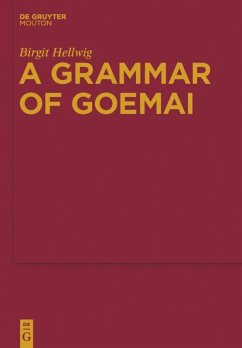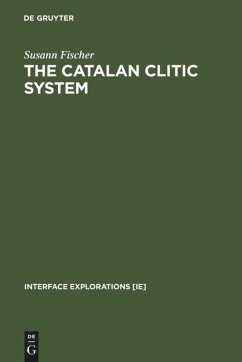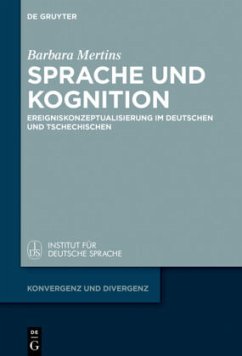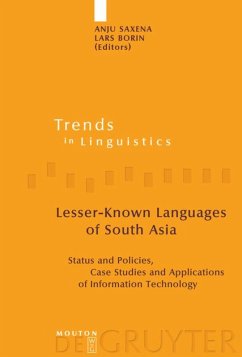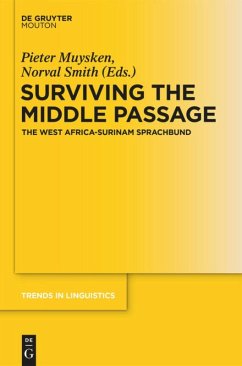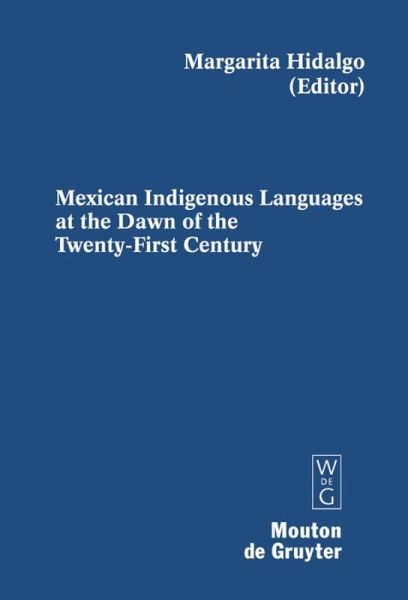
Mexican Indigenous Languages at the Dawn of the Twenty-First Century
Versandkostenfrei!
Versandfertig in 6-10 Tagen
167,99 €
inkl. MwSt.

PAYBACK Punkte
84 °P sammeln!
This book provides a valuable insight into the past and present situation of Mexican indigenous languages (MIL). It delves into the dynamics of power that emerged in the Mexican colony as a result of the presence of Spanish, today the dominant language in all public domains. After almost five hundred years, the imbalance of power-sharing functions created the need for structural changes that resulted in the new legislation of 2003. The book also offers innovative classifications of MIL, trends of bilingualism, and new programs of bilingual education. It reinterprets the chronology of language policy in the early colonial period and provides the rationale for reversing language shift in the twenty-first century.
This volume explores the reversing language shift (RLS) theory in the Mexican scenario from various viewpoints: The sociohistorical perspective delves into the dynamics of power that emerged in the Mexican colony as a result of the presence of Spanish. It examines the processes of external and internal Indianization affecting the early European protagonists and the varied dimensions of language shift and maintenance of the Mexican colonial period.
The Mexican case sheds light upon language contact from the time in which Western civilization came into contact with the Mesoamerican peoples, for the encounter began with a demographic catastrophe that motivated a recovery mission. While the recovery of Mexican indigenous languages (MIL) was remarkable, RLS ended after fifty years of abundant productivity in MIL. Since then, the slow process of recovery is related to demographic changes, socioreligious movements, rebellion, confrontation, and survival strategies that have fostered language maintenance with bilingualism and language shift with culture preservation.
The causes of the Chiapas uprising are analyzed in connection with the language attitudes of the indigenous peoples, while language policy is discussed in reference to the new Law of Linguistic Rights of the Indigenous Peoples (2003). A quantitative classification of the MIL is offered with an overview of their geographic distribution, trends of macrosocietal bilingualism, use in the home domain, and permanence in the original Mesoamerican settlements. Innovative models of bilingual education are presented along with relevant data on several communities and the philosophies and methodologies justifying the programs. A model of Mazahua language use is presented along the Graded Intergenerational Disruption Scale.
The Mexican case sheds light upon language contact from the time in which Western civilization came into contact with the Mesoamerican peoples, for the encounter began with a demographic catastrophe that motivated a recovery mission. While the recovery of Mexican indigenous languages (MIL) was remarkable, RLS ended after fifty years of abundant productivity in MIL. Since then, the slow process of recovery is related to demographic changes, socioreligious movements, rebellion, confrontation, and survival strategies that have fostered language maintenance with bilingualism and language shift with culture preservation.
The causes of the Chiapas uprising are analyzed in connection with the language attitudes of the indigenous peoples, while language policy is discussed in reference to the new Law of Linguistic Rights of the Indigenous Peoples (2003). A quantitative classification of the MIL is offered with an overview of their geographic distribution, trends of macrosocietal bilingualism, use in the home domain, and permanence in the original Mesoamerican settlements. Innovative models of bilingual education are presented along with relevant data on several communities and the philosophies and methodologies justifying the programs. A model of Mazahua language use is presented along the Graded Intergenerational Disruption Scale.




